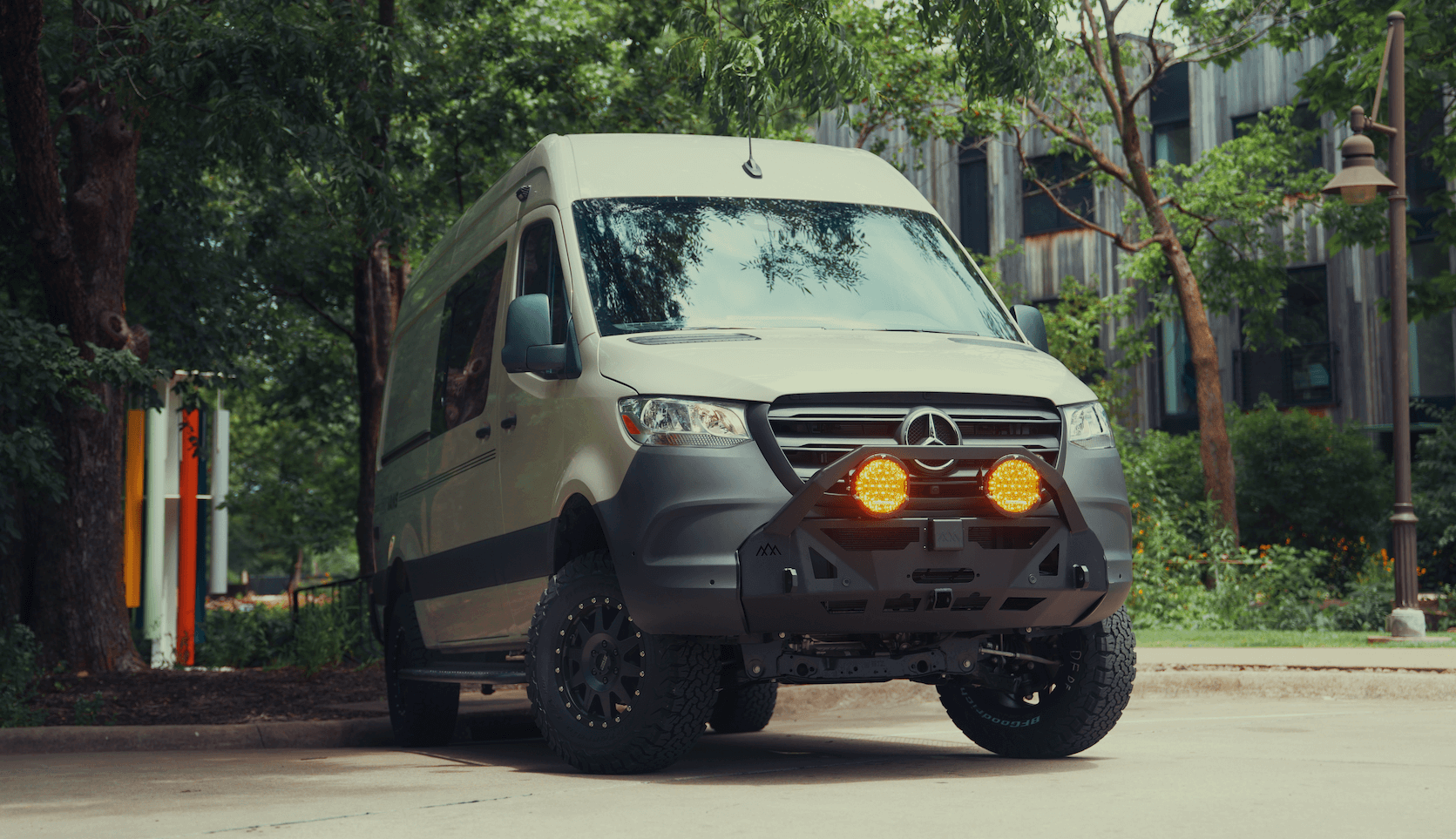Recreational Vans

Short answer, it depends. Solar for van life is a tool, not a rule. If you park in the sun for multiple days, run a fridge, charge devices, and want quiet power without idling the engine, solar can be a calm battery tender that keeps your system alive. If you drive daily and only sip power, alternator charging may be enough. What matters most is the balance between energy in and energy out.
In these cases, roof or portable solar can offset most of your daily use and help preserve battery health.
Here, a solid alternator charger and occasional shore power might cover you. Some travelers add a small portable panel strictly for topping off when stationary.
Start with a simple energy audit. List each device, its wattage, and daily runtime. Convert to watt hours and sum the total. That number guides battery size and solar wattage.
This sample day totals roughly 762 watt hours.
Next, choose battery capacity. With lithium, usable capacity is close to rated capacity. A 100 amp hour lithium battery at 12 volts stores about 1200 watt hours. For the 762 watt hour example, one 100 amp hour battery covers a day with some margin. Two batteries add comfort for cloudy periods.
For solar sizing, use a rough planning factor of four to five peak sun hours in good conditions. Real world harvest is lower due to angle, heat, shading, and system losses. A 200 watt array might yield around 600 to 700 watt hours on a clear summer day. A 400 watt array can push past 1200 watt hours under the same conditions, giving you headroom for clouds or extra laptop time.
Pay attention to roof space, airflow, and mounting. Low profile panels reduce wind noise. Rigid panels tend to be more efficient than flexible panels and shed heat better. Use an MPPT charge controller for higher harvest and smoother battery charging. Wire gauge, fusing, and proper terminations matter for safety and performance.
With this setup, you can camp multiple days without shore power and recover quickly while driving.
Solar is one player on a team. The most reliable van power systems layer charging sources so you can adapt to weather, shade, and trip plans.
Alternator charging through a DC to DC charger is the workhorse for many travelers. Every mile becomes a charge session, especially helpful in shoulder seasons and winter. Shore power is the easy button when you land at a campground or a friend with an outlet. Some carry a small inverter generator for extended cloudy spells, though many prefer to avoid engine noise.
Portable solar can complement a modest roof array. A 100 to 200 watt folding panel you can place in the sun while the van sits in shade gives flexibility under trees. Keep cable runs efficient and use quality connectors to minimize voltage drop.
Climate and latitude matter. In the Southwest, solar shines. In the Pacific Northwest under tall firs, alternator charging may carry more weight. Tilt brackets can boost winter production, though many van owners prefer fixed mounts for simplicity and low maintenance.
Protect battery health. Lithium likes to live in a comfortable state of charge and temperature. Use a smart battery monitor so you understand your daily habits. Set correct charge profiles in your MPPT and DC to DC units. Keep wiring clean, labeled, and protected.
If you are power hungry with induction cooking, air conditioning, or heavy media work, expect a larger battery bank, a stout alternator charger, shore charging capability, and the biggest roof solar your layout allows. If you are minimal and always moving, a smaller system with a strong DC to DC charger may be perfect, with solar as a tender rather than the main engine.
Now, if you want that power plan translated into hardware that looks tidy and passes the road test, a professional custom build is worth it. A well designed system reduces voltage drop, manages heat, and integrates breakers, bus bars, and service access so future maintenance is simple.
We start with your real use, not a parts list. Once we know your average day, we size lithium batteries, pick the right MPPT controller, and specify roof or portable solar that fits your travel style. Our installs route cabling cleanly, protect circuits, and integrate DC to DC charging so you charge while you drive and harvest in camp. If you want a purpose built adventure van with a proven power system, explore our Recreational vans. If you are ready to design every detail, step into a Custom build van. Prefer a financeable platform with a thoughtful package, review our Mainstream vans.
We test before handoff and walk you through system operation, charging options, and simple care routines. The goal is quiet confidence when you pull into that first trailhead or riverside campsite.
Strong, simple takeaway
Final notes to make the most of any setup
Power should be background music, not the headline. If you want a system that matches how you travel and lets you focus on the road ahead, we are ready to build it. See our Recreational vans, explore a Custom build van, or compare Mainstream vans to start your journey. Then reach out and we will map your loads, design your power, and deliver a van that feels like home the moment you turn the key.
Ready for a power system that just works? OZK Customs designs and installs dependable solar, lithium, alternator, and shore power systems tailored to your travel style. Tell us how you camp, we will map your loads, size your batteries and panels, and build a clean, safe system that passes the road test. Start your custom van build today.
ADDRESS:
6159 E Huntsville Rd, Fayetteville, AR 72701
PHONE:
(479) 326-9200
EMAIL:
info@ozkvans.com